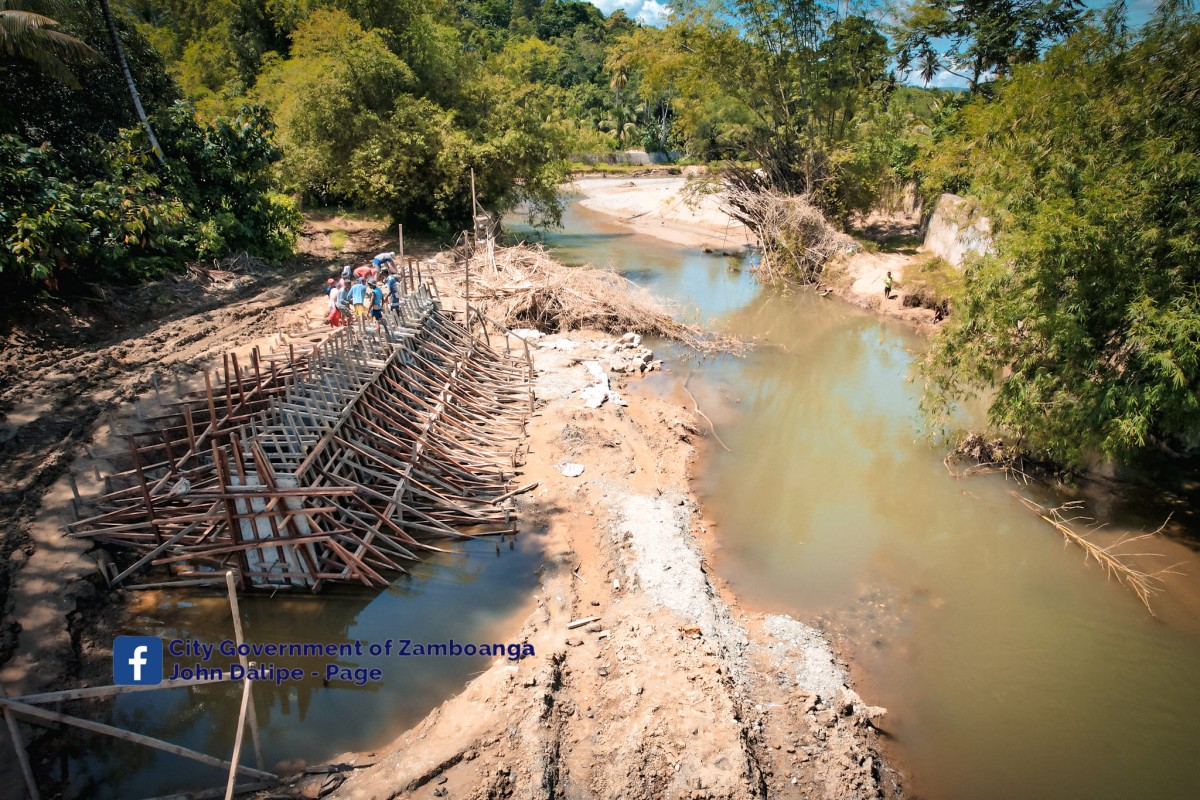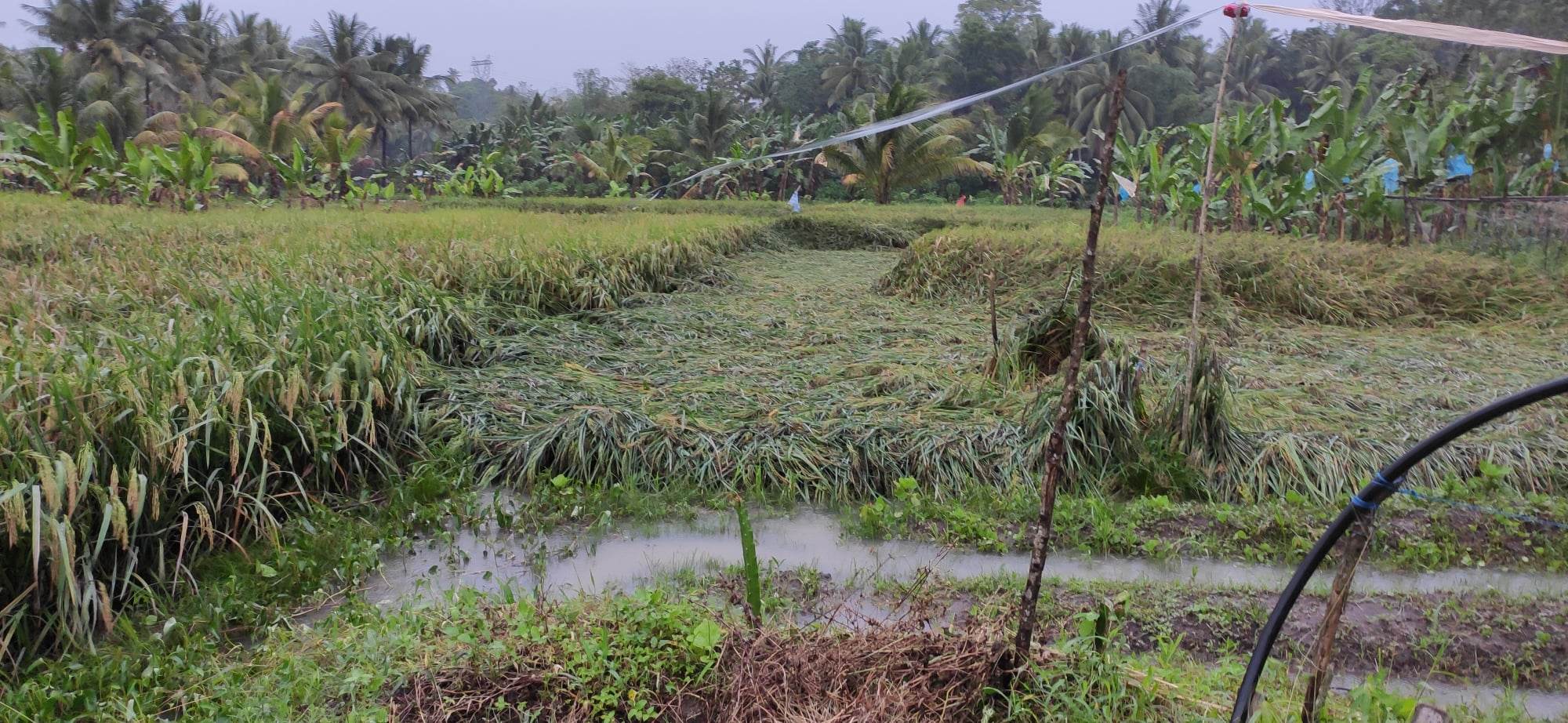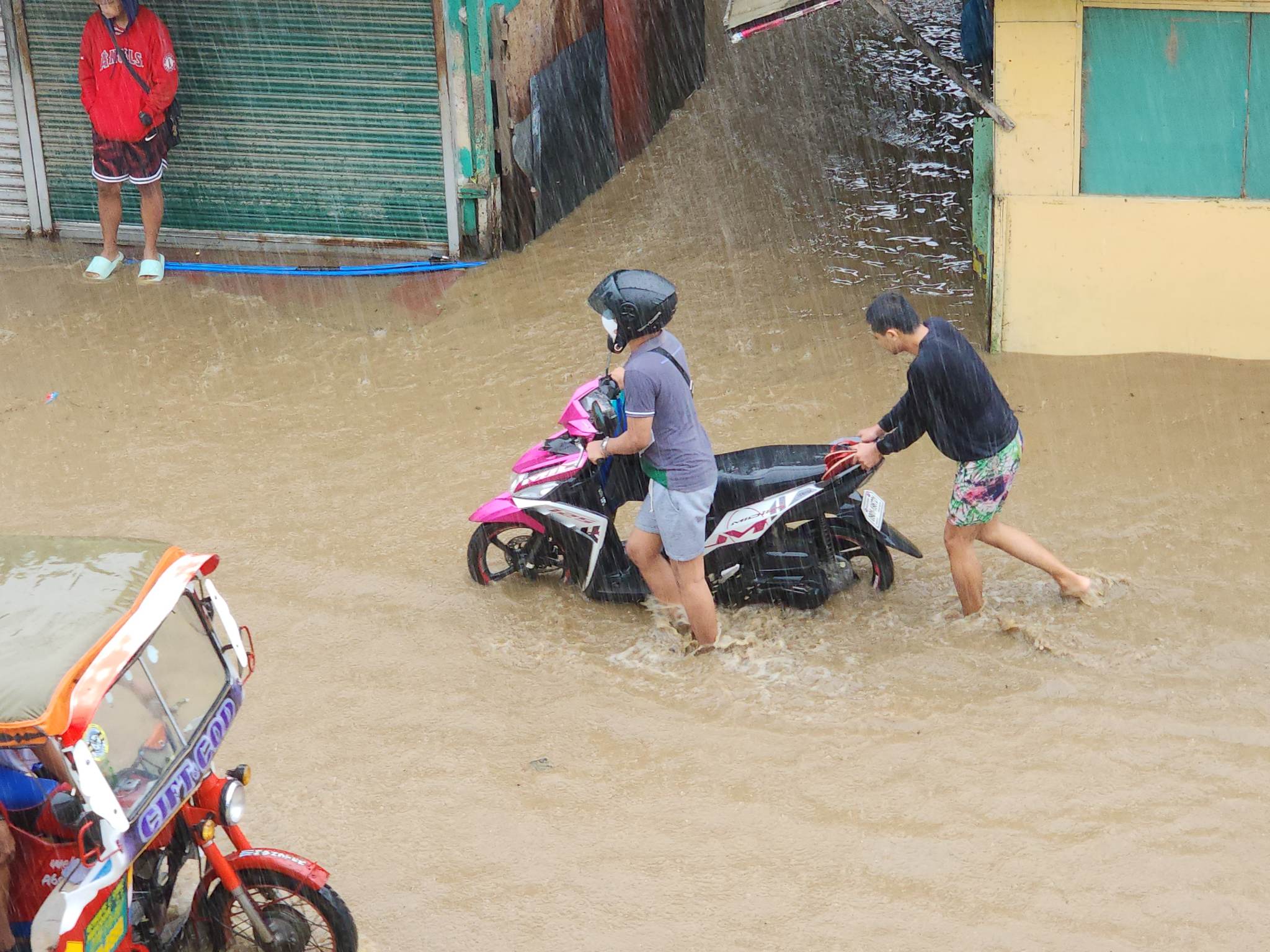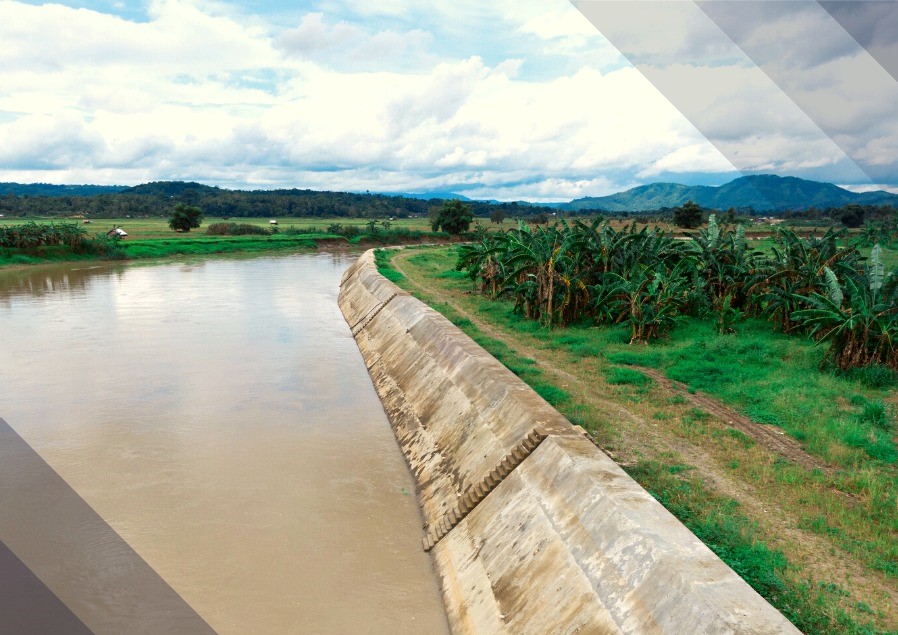Slowly but surely, they say. The City Government of Zamboanga has recently fast-tracked the construction of slope protection projects in rural but crucial areas leading to protect lowland from further flooding.
The law of gravity brings water flow to the lowlands. In order to protect lowland communities from flooding Zamboanga City Mayor John Dalipe ordered the speedy completion of its slope protection projects in Barangays Maasin, Bunguiao, and Manicahan; while there are various projects to fix drainages and canals downtown are also on their way.
The completion rate of these multi-million projects is from 5 to 21 percent as of this writing. The 2.7 million Maasin slope protection project is at 4.39% in progress where the Western Mindanao Construction vowed to finish the project within 114 days. The two slope protection projects in Bunguiao is also underway, which cost 13.4 and 9.9 million, respectively, which is being undertaken by Y.N Builders and Supply and is expected to be completed within 156 days. Y.N Builders and Supply also handles the Manicahan slope protection project that costs 9.9 million.
These projects will prevent further erosion that increases the probability of disasters and swell tributaries, creeks, and canals downtown.
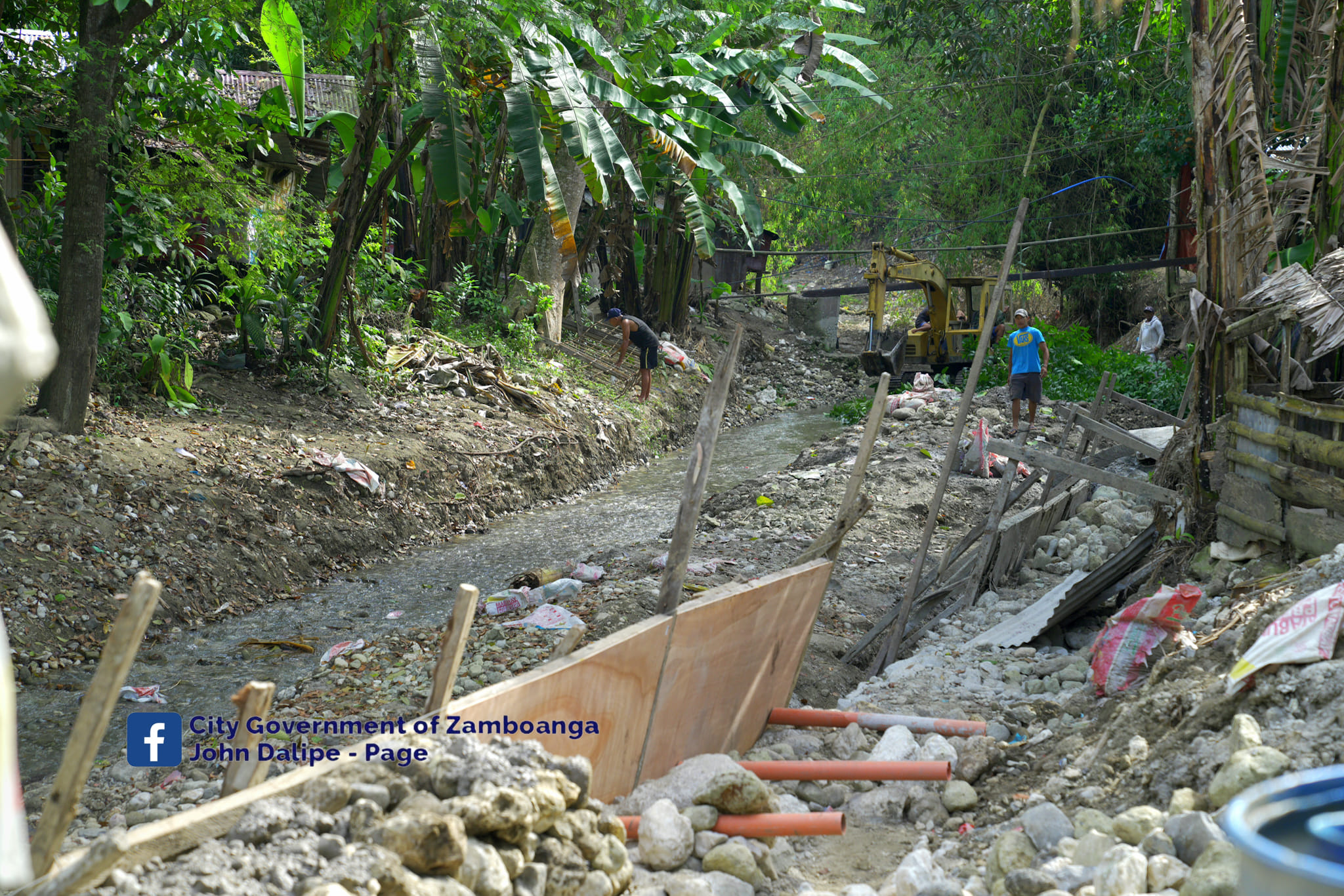
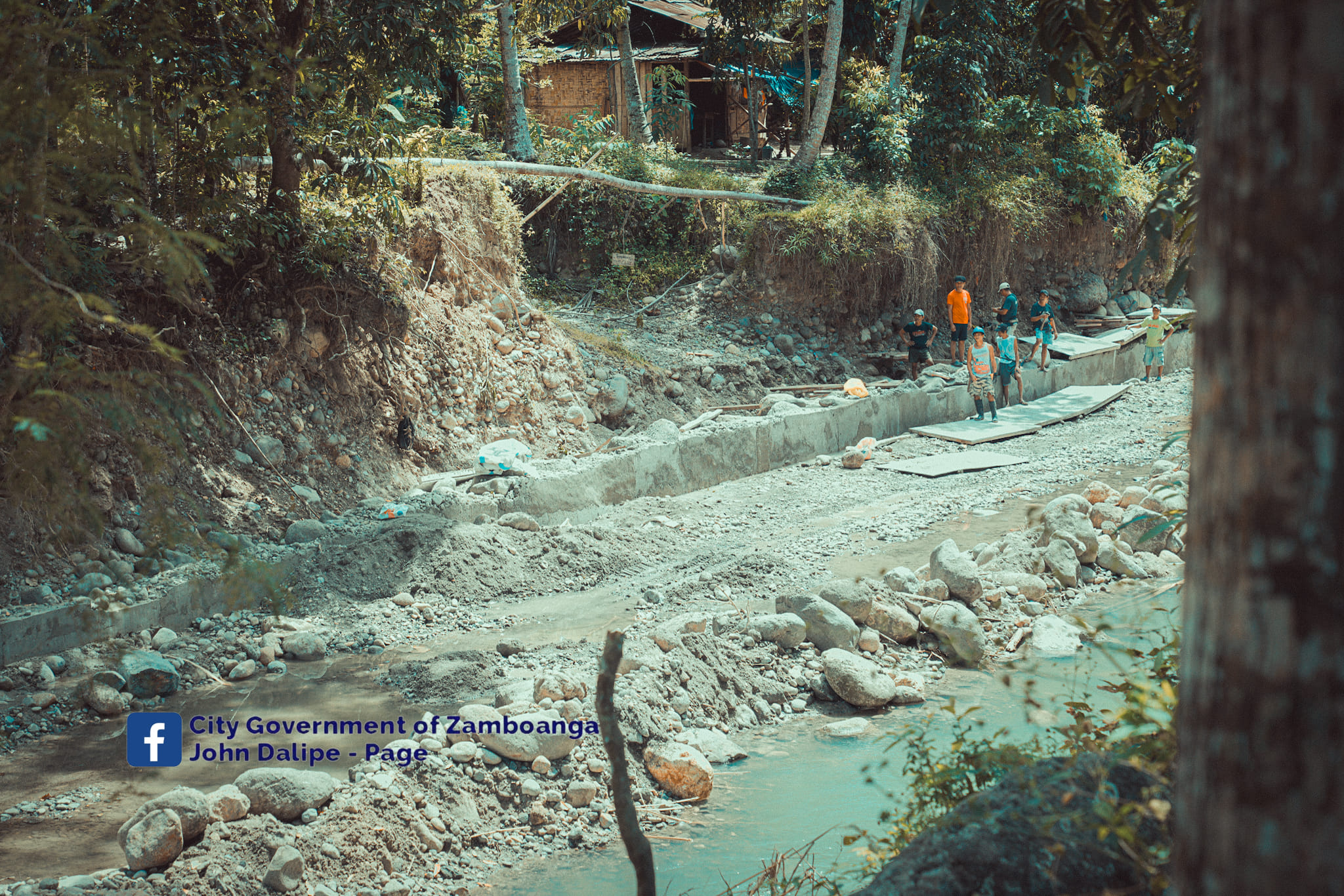
TS Paeng-like flooding experiences
These projects were just part of the bigger plan of the city government to construct a state-of-the-art flood control system to avoid the devastating effect of severe flooding even during torrential rains only.
Residents of Zamboanga City were taken aback when the Jan 11, 2023 effect of the shearline caused widespread flooding and devastation due to heavy rainfall almost the same as that of Typhoon Paeng on October 27 last year.
Media reports and monitoring of the situation has described the weather impact to the city as that of Paeng experience as they received reports of flooding on the ground in the same areas battered by Paeng last year.
Flooding in the same affected areas in Zamboanga has been reported, like those in Tugbungan, Tetuan, Sta. Maria, Tumaga, Guiwan, Putik, and many other lowland villages near rivers and creeks in the city. Some even described the Jan 11 rains have flooded almost 80 percent of the city. Some described it as worse than Paeng with only from a shearline effect.
Water levels rose quickly that swelled the rivers and creeks, and spilled over the major roads of the city. There were reported damages of some bridges that weakened their integrity that further delays rescue operations of response teams.
With the water and mud rushing through low-lying residential areas, residents scampered to bring their belongings higher off the ground. The city government and the barangays affected have already implemented preemptive evacuations to some residents. Thousands were brought to nearby evacuation centers.
Quick response and rescue
Government rescue teams and volunteers quickly responded to the call of danger and evacuated a number of families and individual on the road caught by flooding. Unlike Paeng, the disturbance felt early in the morning, thus residents are able to act in daylight unlike when this happens at twilight towards evening and when power supply is shut-off.
Classes, and later, work was suspended; many were already on the road for class or work when the announcement came, thus many were stranded to go home. Mobile subscribers received from DRRM series of text warnings, while flooding has already occurred in many parts of Zamboanga City.
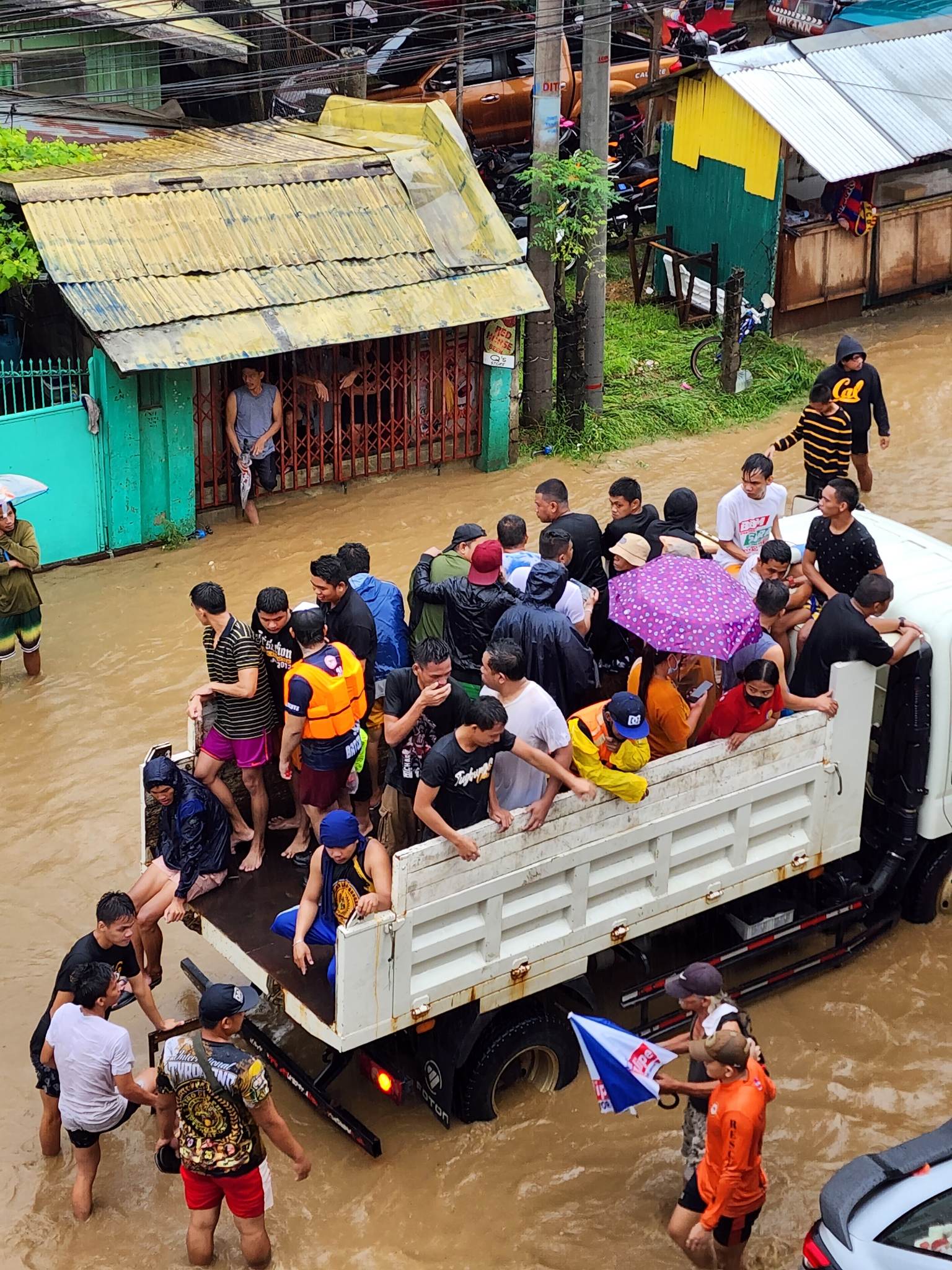
Mayor John Dalipe led the preparation of the Rapid Damage Assessment and Needs Analysis (RDANA) Wednesday, January 11, to facilitate the city government’s response to the flooding caused by torrential rains battering the city since Tuesday night.
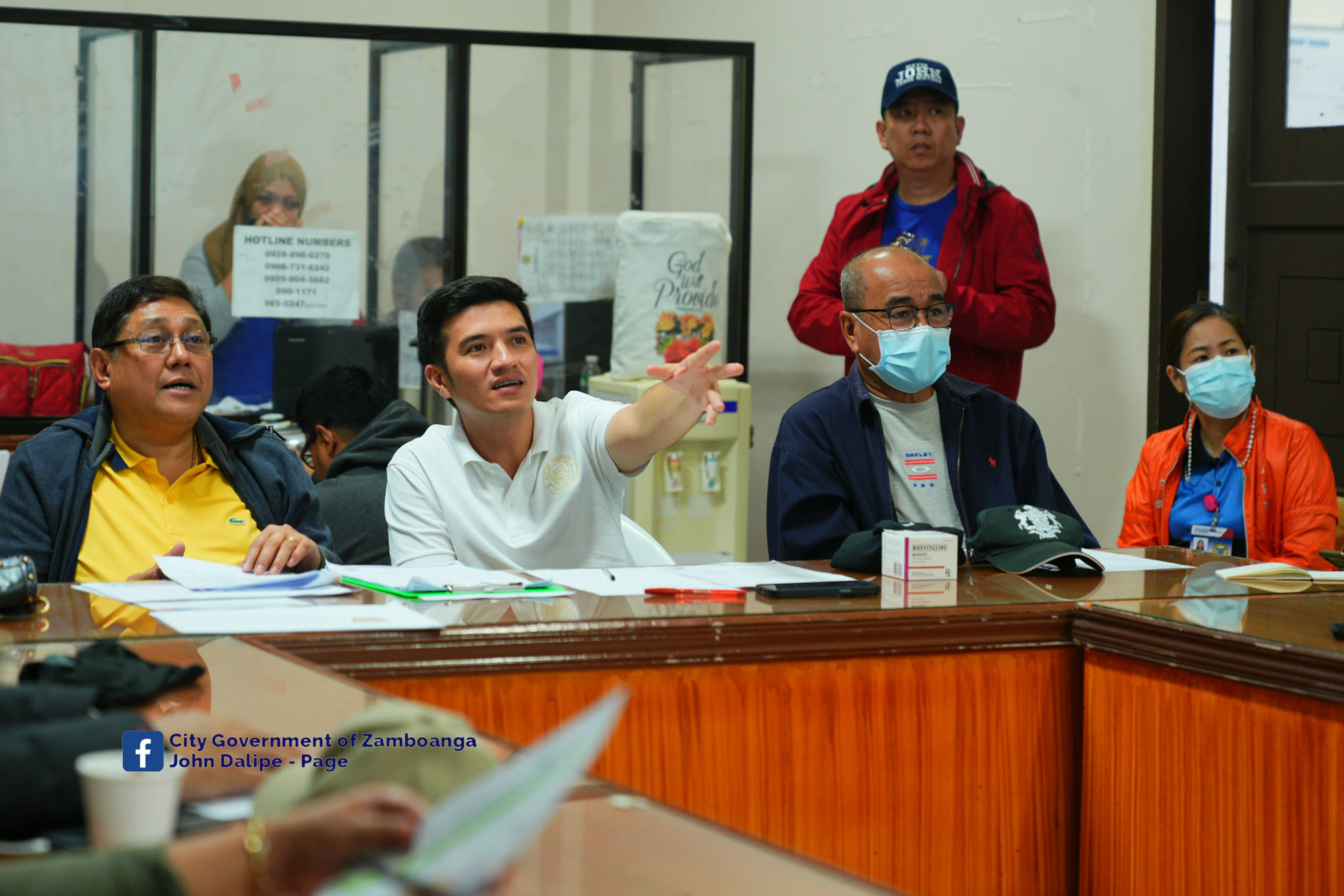
Mayor Dalipe ordered immediate assessment to identify and see to the priority needs of affected barangays and the approximately 5,000 families currently sheltered in evacuation sites.
The military, police, the navy, the fire fighters, coast guards, social workers, and the local government down to the barangays and their volunteers were all at the frontline, providing assistance to the needy and the affected. The media, especially the local radio stations, the barangay information officers were all out to provide reports and situationers on the ground to assist authorities in identifying areas and individuals that needed help and assistance.
What lessons learned and what’s next?
Many people stormed heaven with prayers to calm the storm and thankfully the weather improved in the afternoon and water began to subside by twilight. Then, recovery starts. Some affected areas are still with no electricity and water.
For the second time, the worst flooding was experienced in Zamboanga City. There is a public clamor for the local government to look into the problems at hand that caused severe floodings in Zamboanga and this incident should never happen again.
On the part of families, the Office of Civil Defense has always reminded the public to prepare a family disaster plan as government assistance could not be given immediately during emergencies as some government employees may also be affected by calamities.
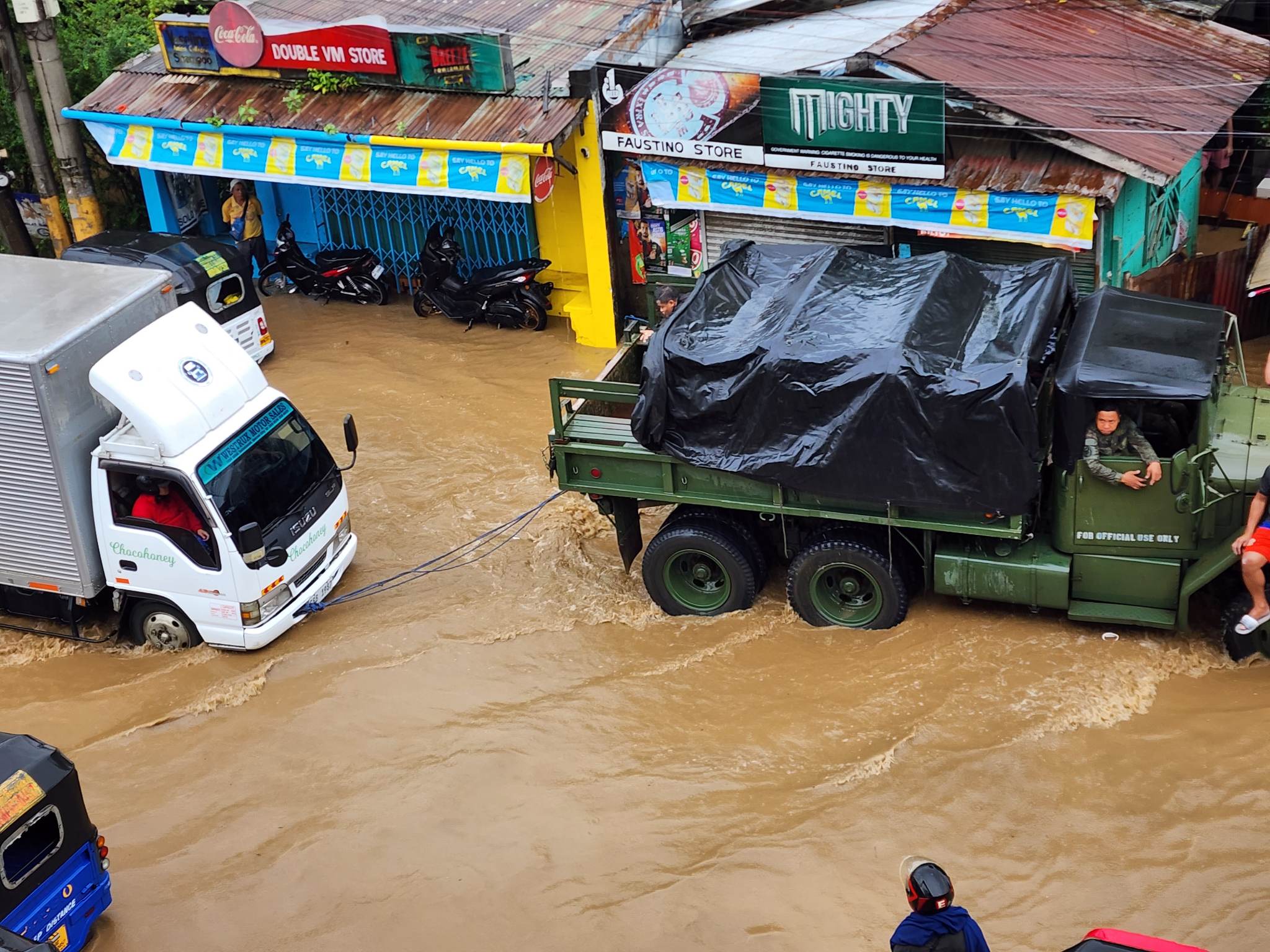
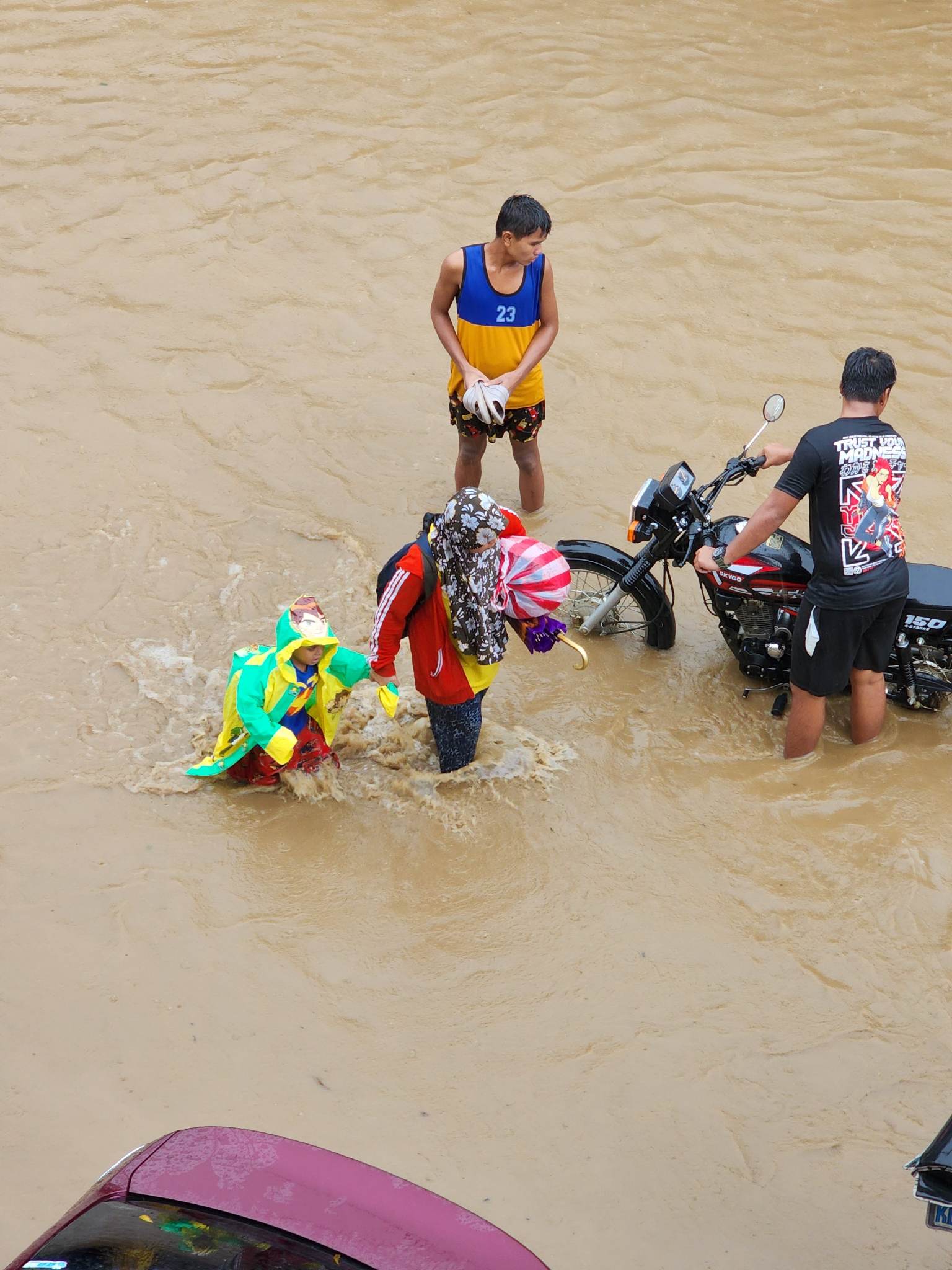
Remember, that they are also humans and have families to cater to. We are told that the family is the first responder and should be aware of all options when disaster strikes to at least bring the family to safety—these include, keeping emergency contact numbers, readily available gadgets and radios to monitor situations, ‘go bags’ containing important things, basic food items, and documents to carry when evacuating, among others.
For the local government and concerned agencies, there’s both the immediate and medium-term mitigating measures that needs to be addressed. Flood control systems has to be studied and existing construction and projects need to be fast tracked.
In his social media page, Zamboanga City mayor John Dalipe announced that the good mayor will “pursue massive flood control infrastructure projects to address the recent spate of flooding incidents experienced by Zamboanga City.”
“In coordination with national government and pursuant to Presidential Decree 1067 and the City’s Zoning Ordinance on easement of riverbanks, the flood control projects will be implemented within the year, covering riverbanks from San Bernardino Bridge in Tetuan / Guiwan area down to Barigon Bridge in Tugbungan,” the mayor said.
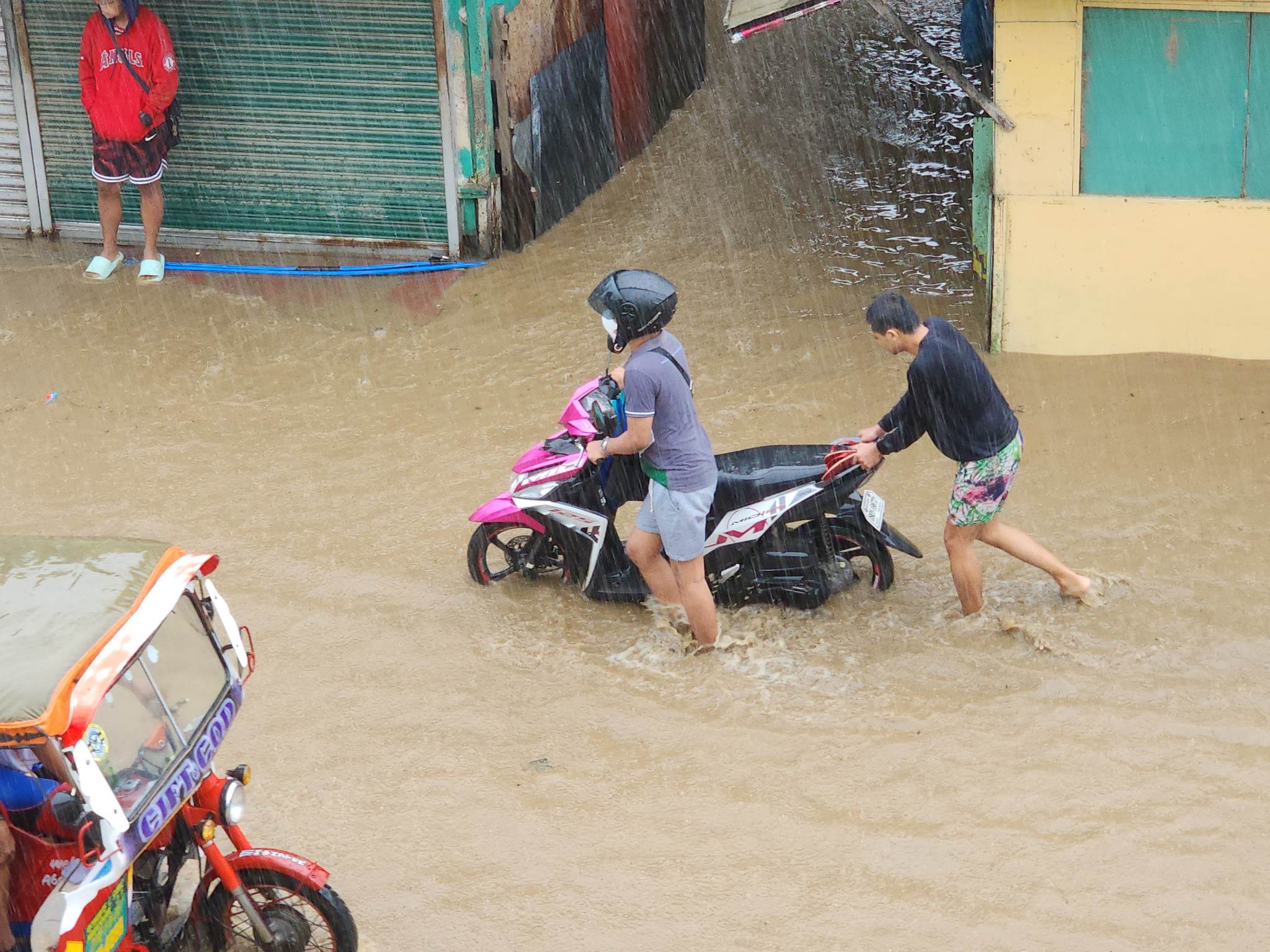
Aside from this, the barangays carry a bigger role to stop building houses and structures near rivers and creeks and drastically remove illegal houses and shanties and relocate families to safer grounds. This is indeed, challenging, demanding, and costly perhaps, but necessary to mitigate greater floodings in the future.
Maybe there are other options and more brilliant ideas from authorities. We have so many of them in the position and special bodies. It is time for them to contribute now and be worthy of the peoples’ taxes.
Firming up the uplands to protect lowland communities is a good start for the Dalipe Administration. Many are still hopeful that upland communities will also continue to protect the forests and initiate forest recovery programs through sustained massive tree-growing activities with the participation of lowland communities.
The Paeng and the Jan 11 widespread flooding should never happen again or brace ourselves for the worst to come. God bless Zamboanga! (EDT/RVC/PIA9-20220214)
